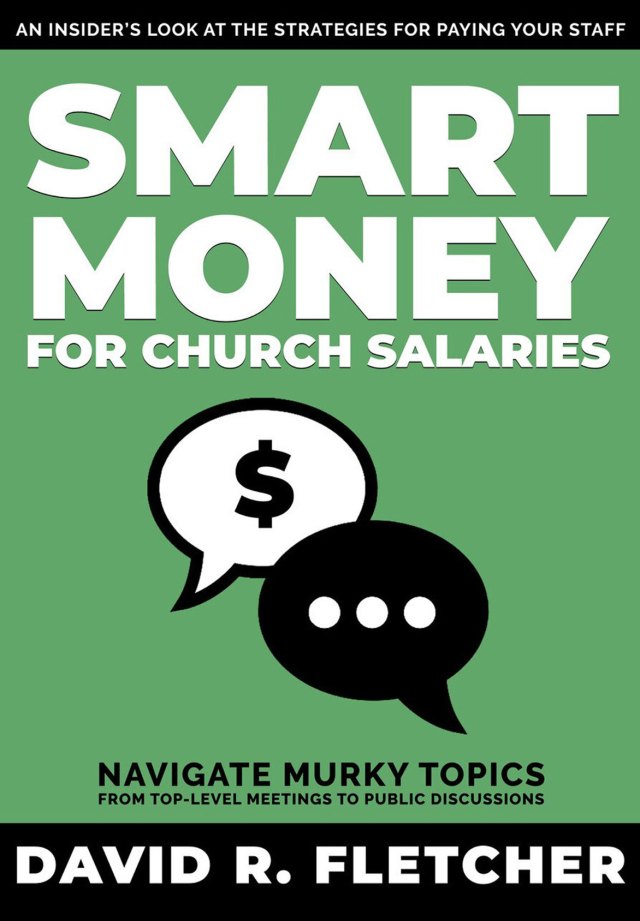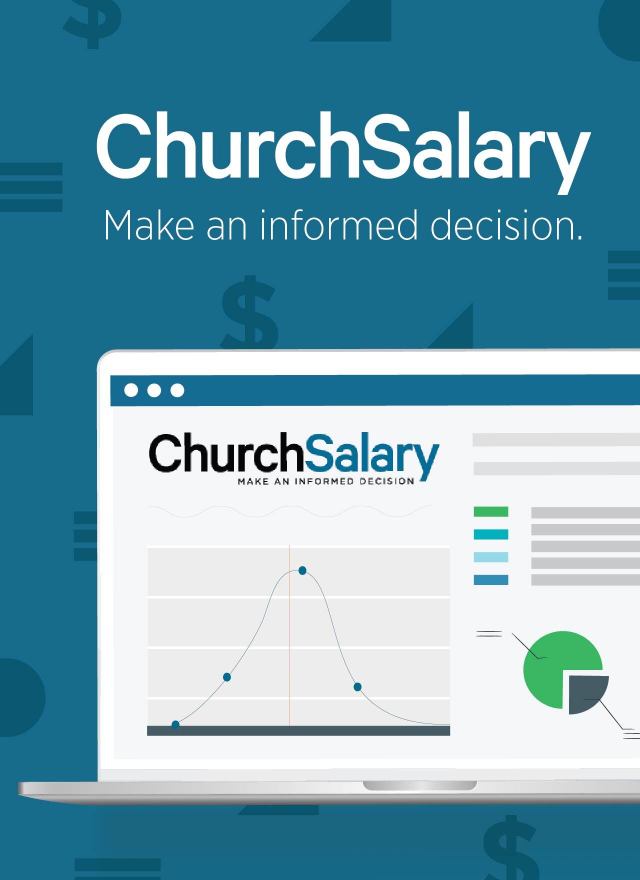As a lawyer, I’ve had many difficult conversations with church leaders.
One of the hardest is telling a church and its pastor that it’s too late to fund the pastor’s retirement.
The Problem: Too Many Pastors Don’t Save
Far too many pastors reach retirement age without enough savings.
As a result:
- Some pastors can’t retire, even if they want to.
- Some church boards face resistance from pastors who fear financial uncertainty.
- Some pastors die without leaving financial support for their surviving spouses.
When problems arise, many proposed quick-fixes are often questionable—or even illegal.
Six Real-Life Examples
These real-world cases show the complex challenges churches and pastors face regarding retirement planning (resolutions for each are shared toward the end of this article).
1. Church Forced to Sell Property to Fund Pastor’s Retirement
- A pastor served 50 years, earning less than $30,000 annually.
- He opted out of Social Security, mainly due to lack of cash.
- The church dissolved and planned to use property sale proceeds to buy an annuity for the pastor.
- The state attorney general challenged the use of funds for this purpose.
2. Pastor’s Widow Left Without Support
- Over 15 years, the church discussed—but never finalized—a retirement plan.
- After the pastor’s death, the church paid small sums to his widow.
- The Internal Revenue Service (IRS) questioned the legality of payments during a tax-exempt status review.
3. Two Churches Merge; One Pastor Expects Retirement Pay
- Two churches merged; one pastor initially intended to retire.
- Later, he expected the merged church to continue paying him a retirement salary.
4. Pastor/CEO Pushes for Separate Retirement Fund
- A pastor/CEO requested a new, church-funded retirement account managed by himself.
- Upon retirement, he planned to transfer the entire fund directly to his control.
5. Monk’s Vow of Poverty Leaves Widow with Nothing
- A monk who took a vow of poverty wanted the church to support his wife after his death.
- She had never been a church employee and had no legal claim to benefits.
6. “Pastor Emeritus” Role Raises Tax Questions
- A church created a “Pastor Emeritus” position for a retiring pastor.
- The arrangement raised legal questions about compensation limits and retirement legality.
Why These Cases Matter
These examples highlight why careful, early planning is essential—to protect pastors, families, and churches from legal and financial risks.
Next: the key questions churches must ask.
Key Questions for Churches
1. Are You Paying Your Pastor Enough?
Fair compensation includes:
- Covering current living expenses.
- Allowing for meaningful retirement savings.
Best Practices:
- Aim for salaries in the median income range of the congregation.
- Small churches may need bivocational arrangements.
- No matter the size, retirement contributions should always be considered.
Important:
The pastor should never set his or her own salary.
Only the board may set compensation.
2. Has Your Pastor Opted Out of Social Security?
Opting out of Social Security carries major risks:
- No retirement, disability, or Medicare benefits.
- Heavy reliance on private savings.
Solutions:
- Save aggressively.
- Work nonministerial jobs to earn Social Security credits.
- Consider spousal Social Security eligibility if applicable.
Caution:
Social Security should supplement retirement savings—not replace them.
3. How Does Housing Affect the Pastor’s Future?
Pastors often live in church-provided parsonages, raising critical questions:
- Where will the pastor live after retirement?
- Has the pastor built home equity?
Solutions:
- Equity Allowance:
An equity allowance provides additional taxable income for future housing needs. - Housing Allowance:
A tax-free housing allowance to help pastors purchase homes during active ministry.
Important:
Neither method replaces the need for a retirement savings plan.
4. What Types of Retirement Plans Are Available?
Churches must thoughtfully plan:
- Set up retirement plans early—even at the pastor’s hire date.
- Follow denominational plans when available, but review needs individually.
- Small early contributions grow significantly over time.
Late-stage retirement planning is very difficult and raises compensation risks discussed below.
Funding the Plan: What Churches Must Know
Reasonable Compensation Limits
Contributions to a pastor’s retirement plan count toward total compensation.
Total compensation must remain reasonable to avoid legal risks:
- Private Benefit: Church assets must serve church purposes.
- Private Inurement: No insider (e.g., the pastor) may receive personal enrichment from church assets.
- Intermediate Sanctions:
If a pastor (or “disqualified person”) receives excess benefits, the IRS can impose severe personal penalties (up to 225%).
How to Ensure Compensation Is Reasonable
Compensation is reasonable if:
- It matches what similar organizations pay for similar roles.
- It includes all forms of cash and noncash benefits.
- It is properly documented and board-approved.
Vesting Retirement Plans:
Deferred compensation (like pensions) must also fit into the overall reasonableness calculation over time—not just in the year it vests.
Achieving a “Safe Harbor” (IRS Best Practices)
To shield the church and pastor, follow these steps:
- Approval by a Disinterested Board:
No board members with personal financial interests vote on compensation. - Use Independent Data:
Base salaries and benefits on outside surveys and comparable compensation research. - Maintain Adequate Documentation:
Keep detailed minutes showing how decisions were made and the data reviewed.
When all three are followed, the burden of proof shifts to the IRS if the IRS brings a challenge.
Protecting the Church: Conflicts of Interest
Key Point:
The church does not belong to the pastor.
- Pastors must not dominate salary or retirement decisions.
- Churches should have a conflict-of-interest policy and disinterested boards must determine compensation.
- Board minutes must reflect all retirement plan decisions.
Setting Up Church-Wide Programs for Retired Ministers
Some churches or denominations create benevolence funds to help retired pastors in need.
This does not replace retirement planning but provides important supplemental support.
Transitioning to Full Retirement
When pastors near retirement:
- They may continue limited duties with reduced salaries.
- Churches may offer consulting roles or “Pastor Emeritus” positions—but compensation must match services provided.
- Severance packages may be negotiated if retirement transitions are difficult.
Best Practices for Retirement Planning
To ensure fairness and compliance:
- Plan early.
- Fund retirement accounts steadily over time.
- Use safe harbor procedures for all salary and retirement decisions.
- Document everything clearly.
Revisited: Resolving the Six Real-Life Examples
Church Forced to Sell Property
- Documentation showed the pastor’s financial contributions and prior board intentions.
- The state attorney general allowed an annuity to be purchased.
Pastor’s Widow Receives Payments
- IRS accepted payments as deferred compensation, due to historical documentation.
- The small payment amounts also reduced IRS scrutiny.
Merger Retirement Conflict
- Without documented work performed post-merger, continued salary would violate private inurement rules.
- A better solution: agree on transition roles and compensation before merger.
Pastor/CEO Separate Fund
- Solution: Contributions made annually, subject to board approval and reasonable compensation limits.
- Consider use of a rabbi trust to hold retirement funds.
Monk’s Widow Support
- A trust fund supported the widow while keeping assets under church control.
- Payments were taxed appropriately as deferred compensation.
“Pastor Emeritus” Arrangement
- The pastor continued part-time ministry, justifying ongoing salary and retirement contributions.
- Compensation was adjusted appropriately based on workload.
Final Thought
The best way to avoid retirement problems is to plan early.
Pastors and churches must work together to ensure long-term financial security, following legal standards and protecting the church’s mission.
We’ve used a combination of AI and human review to make this content easier to read and understand.



